
The ocean depths have always been a source of an inescapable fascination, inspiring human imagination and curiosity. Though covering over 70% of our planet, a staggering 95% remains unexplored, shrouded in mystery and intrigue. This vast, uncharted territory is home to the hadal zone, one of Earth’s most extreme environments. In its shadowy depths, scientists made a groundbreaking discovery in the Atacama Trench: a new, malevolent predator, Dulcibella camanchaca, a shrimp-like crustacean, that is rewriting our understanding of the hadal zone’s biodiversity and deep-sea life and challenging our assumptions about life on Earth. The discovery further stresses the importance of deep-sea exploration and conservation.
Unveiling the Abyss

The hadal zone, plunging to depths of more than 19,685 feet, is one of our planet’s final frontiers. Characterized by extreme pressure, darkness, and subfreezing temperatures, this world would seem completely hostile to life. Yet, it teems with bizarre and specialist animals adapted to thrive in these conditions. Advances in technology have allowed scientists to explore deeper than ever before, opening up a hidden universe of diversity and challenging us to rethink the frontiers of life.
A Ghostly Hunter Appears
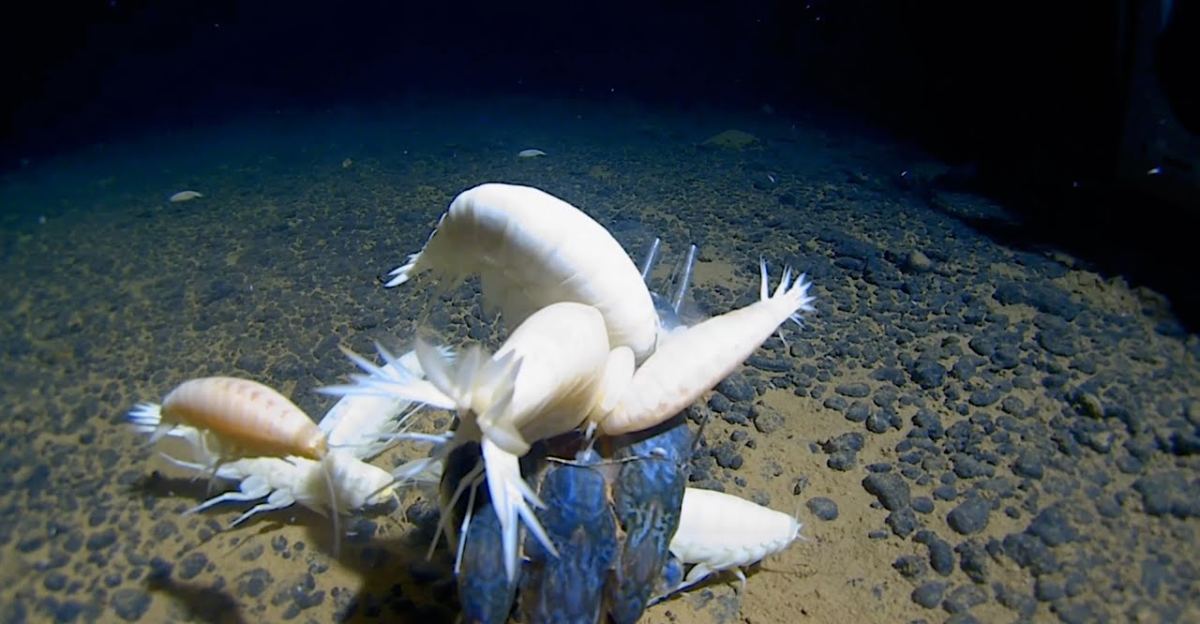
In the Atacama Trench, off the coast of Chile, researchers found a shocking new species: a new amphipod, Dulcibella camanchaca. The small crustacean, less than 1.5 inches long, has a pale, almost transparent shape, perfectly adapted to the perpetual darkness of its habitat. Unlike its scavenging relatives, it is a fierce predator, actively hunting out its prey in the deep-sea environment.
Expedition into the Deep
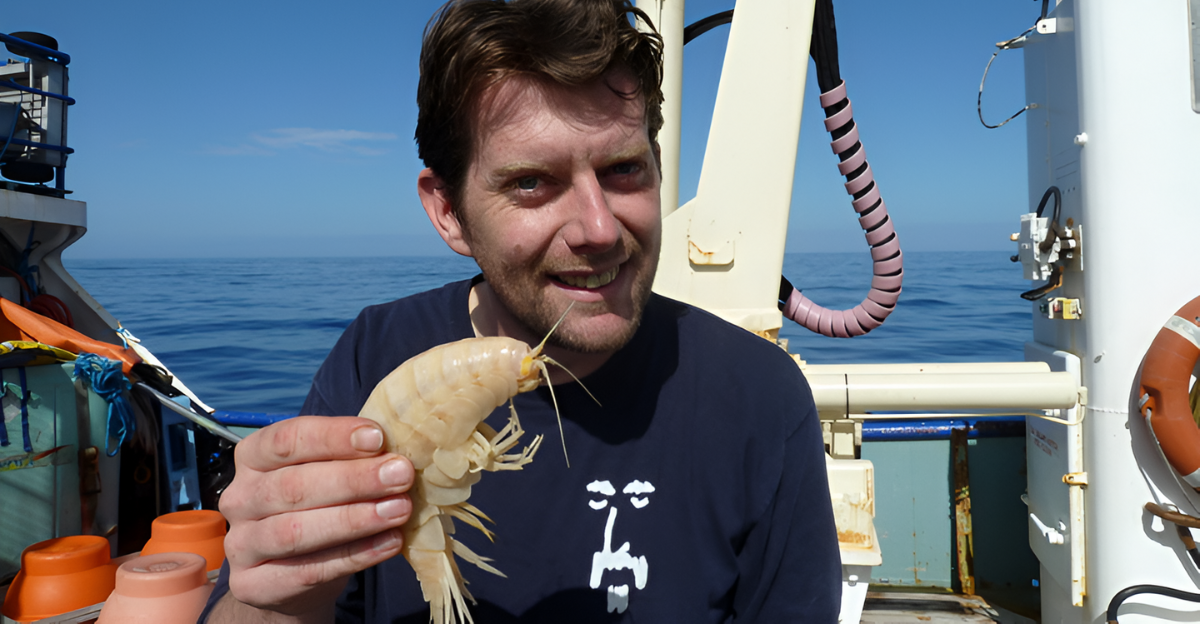
The discovery of Dulcibella camanchaca was made possible by advanced technology and the determination of scientists conducting research on Chile’s Integrated Deep-Ocean Observing System. A specially modified lander vehicle, equipped with baited traps, was introduced into the Atacama Trench, and specimens were obtained from this unfriendly environment. The trip proved that advancements in technology can help unveil the deep ocean’s secrets and further our understanding of life on Earth.
Specialized Predatory Adaptations
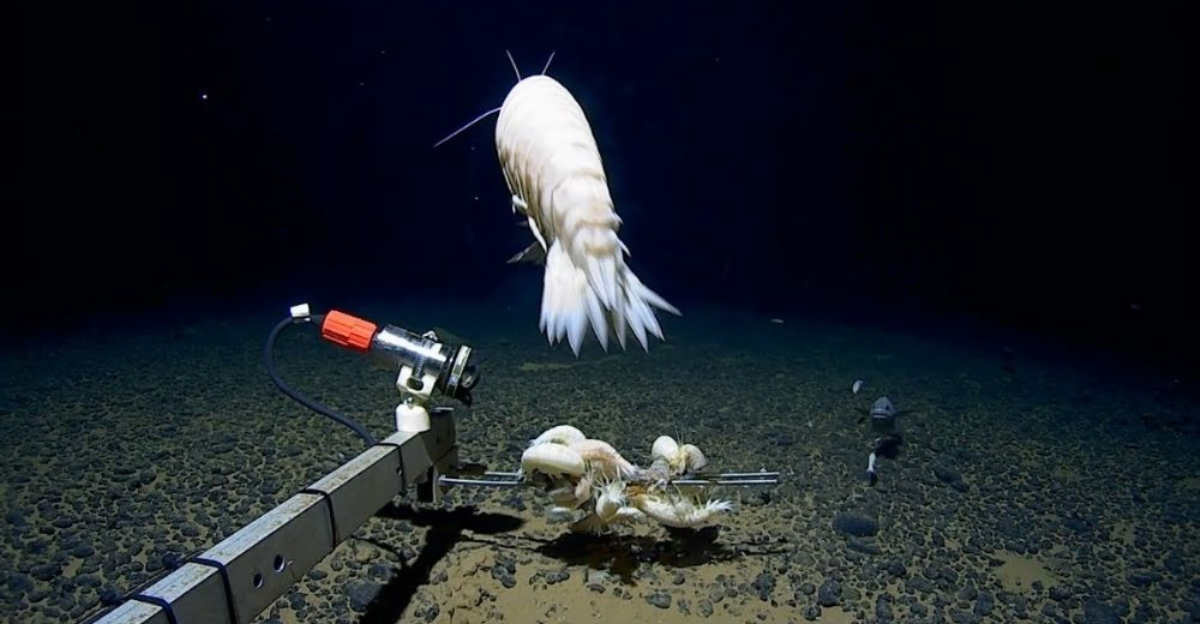
The most defining characteristic of Dulcibella camanchaca is its predatory lifestyle. Most amphipods are scavengers, eating detritus and rotting organic material, but D. camanchaca has evolved specialized raptorial appendages, or gnathopods, to grab and overwhelm prey. Its powerful claws enable it to snatch unsuspecting organisms in the inky blackness of the Atacama Trench.
The Atacama Trench

The Atacama Trench, the ocean’s deepest and most poorly known region, still holds some surprises. The strange geology and extreme conditions there have led to the development of highly specialized animals, so much so that this is a biodiversity hotspot. Further exploration of the region will continue to surprise and challenge us, reshaping our understanding of life in the deep sea.
The Development of Deep-Sea Predation
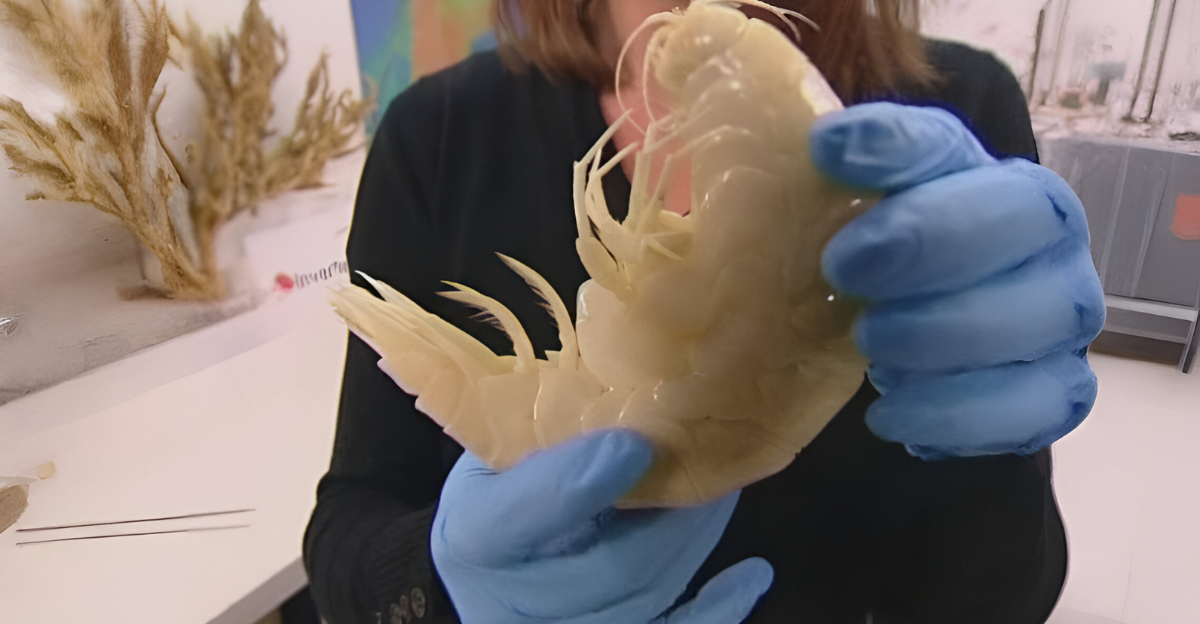
Outside of the amazing technologically assisted discovery, Dulcibella camanchaca also contradicts our previous knowledge that scavenging and detritus feeding dominate the deep-sea community. Finding a predatory amphipod shows active hunting as a strong force, reorienting our understanding of the hadal zone’s food chain dynamics. Its existence suggests that other uncharacterized predators lurk in the depths of the ocean, waiting to be found.
A Name Full of Literature and Shade
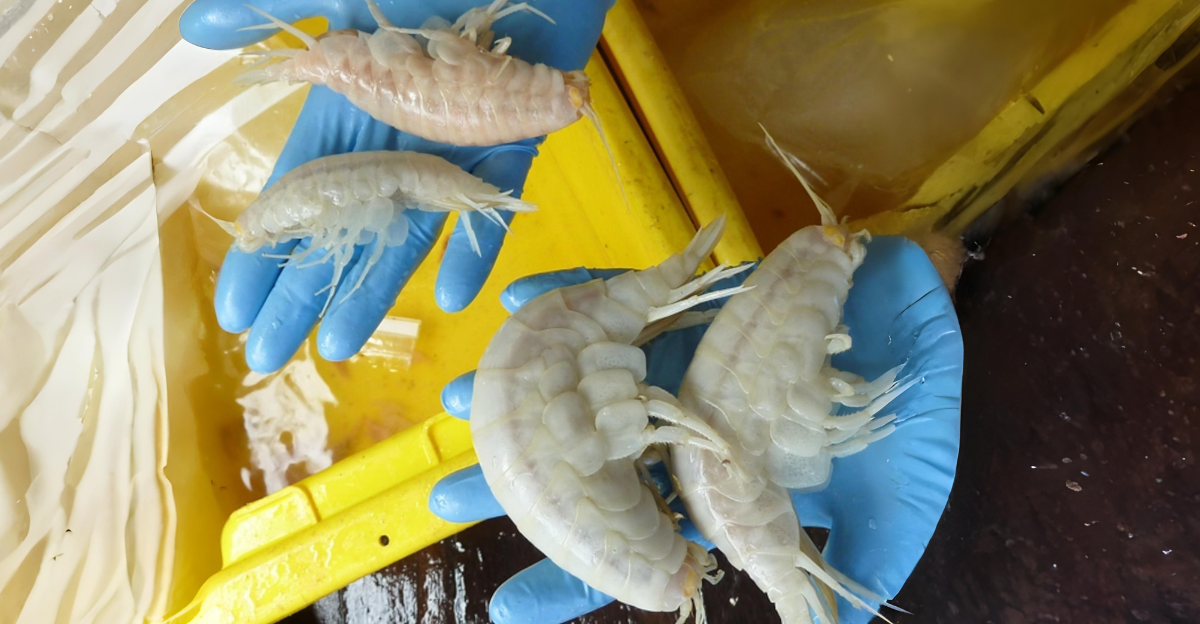
Naming new species is a major scientific practice, typically reflecting the nature of the organism or the location in which it was found. In this case, the researchers drew inspiration from the Spanish novel Don Quixote and named the genus “Dulcibella” and the species “camanchaca. ” “Camanchaca” is a term used in Indigenous South American languages meaning “darkness,” a fitting tribute to the dark caverns where this predator resides.
Protecting the Deep-Sea Environment
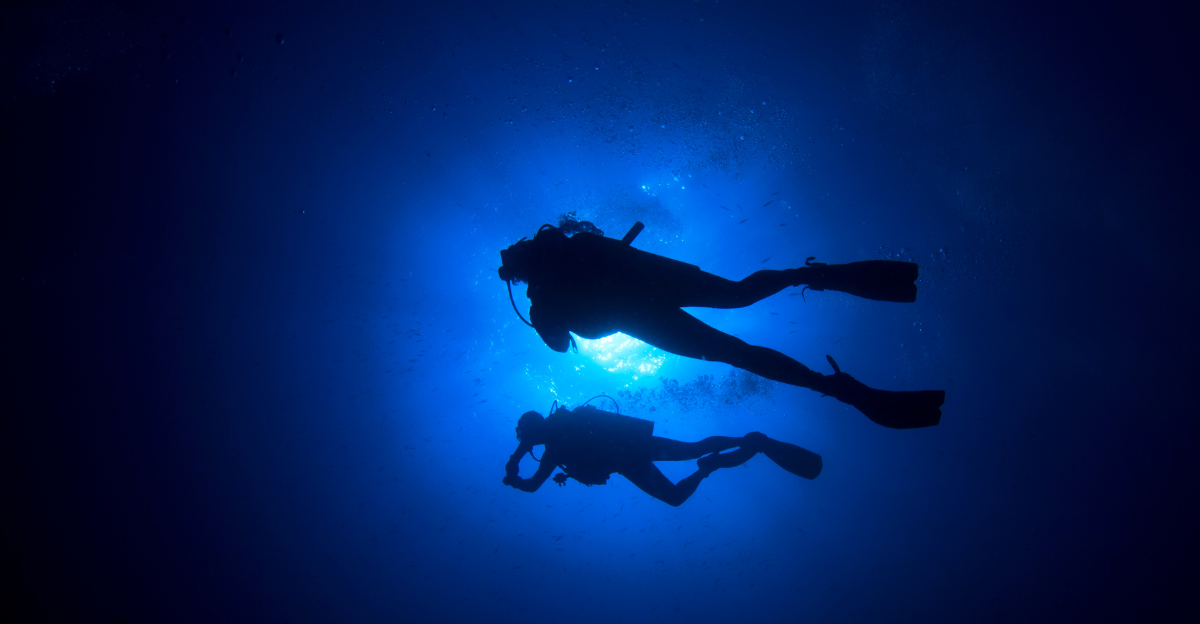
As we continue to explore and mine the deep sea, it is crucial that we think about how its ecosystems could be affected. Deep sea mining, for example, could be catastrophic to unexpected species, such as Dulcibella camanchaca, and their ecosystem. Conservation of these vulnerable ecosystems is important so that we can maintain them in the long term while still finding ways to explore the deepest parts of our planet.
Implications for Astrobiology

The conditions found in the hadal zone mirror those in outer space, such as the icy moons of Jupiter and Saturn. Europa and Enceladus, for example, are believed to possess subsurface oceans in which life might exist. The study of microbes, such as Dulcibella camanchaca that live in extreme Earth conditions can teach us a lot about life outside our world.
The Future of Deep-Sea Exploration

The discovery of Dulcibella camanchaca is only one example of how advanced technologies and human curiosity have helped discover new species in deep ocean spaces. Full of secrets and with thousands and thousands of other undiscovered species, the deep ocean is a wealth of information that can broaden our understanding of life in our oceans, on Earth, and even in the cosmos. However, it is equally important to conserve these delicate ecosystems so future generations will be able to be awed by the deep sea’s secrets.
Explore more of our trending stories and hit Follow to keep them coming to your feed!

Don’t miss out on more stories like this! Hit the Follow button at the top of this article to stay updated with the latest news. Share your thoughts in the comments—we’d love to hear from you!







